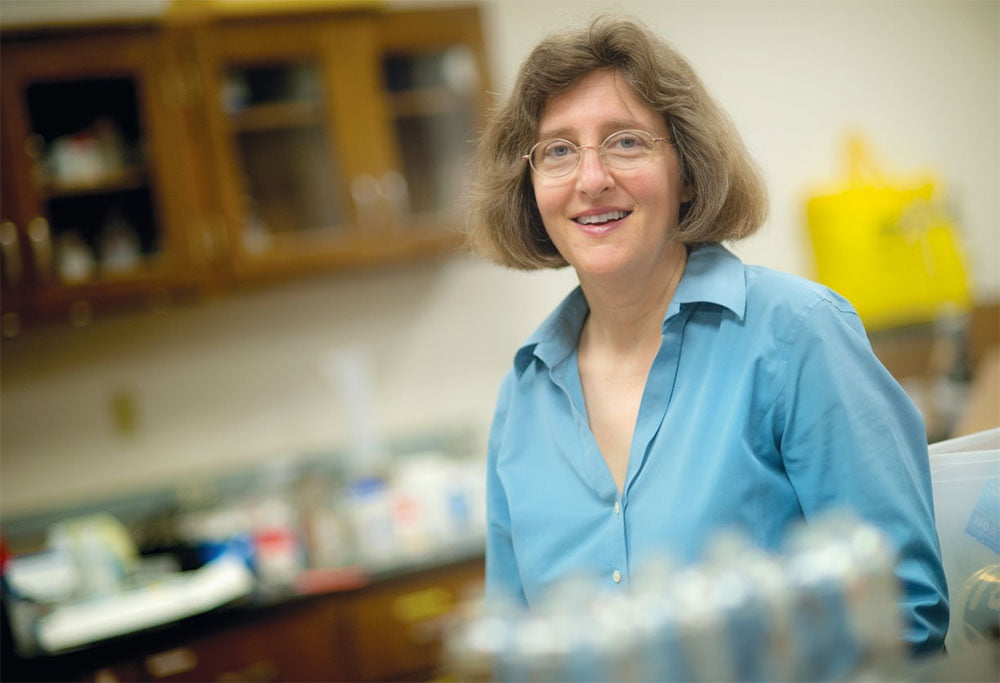Project converts food waste into energy

A University of Texas at Arlington environmental engineering professor is helping the North Central Texas Council of Governments (NCTCOG) determine how much more energy can be generated by diverting food waste from landfills to anaerobic food digesters.
The U.S. Environmental Protection Agency (EPA) recently awarded NCTCOG $300,000 in funding to help reduce food waste.
Melanie Sattler, professor in the Civil Engineering Department, is leading the UT Arlington effort.
“Twenty-two percent of our waste stream is food waste,” Sattler said. “It breaks down in landfills and produces methane, which can be used for alternative energy.
“But often the active part of the landfill doesn’t have a cover for two years. A lot of the gas escapes. The alternative to capture more of the gas from food waste is to use an anaerobic digester.”There are eight wastewater treatment plants with digesters around the North Texas region. Sattler said sending the food waste to these existing or new digesters would produce a better yield of biogas production.
“Reducing food waste and maintaining adequate landfill capacity for a growing region are regional goals in the North Central Texas region,” said NCTCOG Executive Director Mike Eastland. “With this award, our agency will be partnering with The University of Texas at Arlington and our member governments to assess the amount of food waste in the region that could be used as feedstock to support development of future anaerobic digestion infrastructure and renewable energy projects in the region.
“The resultant North Central Texas Food Waste to Fuel Feasibility Study will be a step forward in assessing regional opportunities to divert food waste, and other organics, from landfills to preserve landfill capacity while increasing regional renewable energy production and reducing vehicle emissions.”
According to the Texas Commission on Environmental Quality, North Central Texas has 36 cumulative years of reserve landfill capacity – with the region gaining about 1 million new residents each decade. Reducing, recovering and diverting as many items as possible from the waste stream will be critical to expanding landfill capacity.
Another challenge with lost methane is the danger to the air.
“Methane is a greenhouse gas,” Sattler said. “It’s more potent than carbon dioxide. Capturing more of that gas is important to the environment.”
Sattler said the project also would consider potential energy production from collection of commercial food waste.
“Post-consumer food waste from restaurants, which cannot be fed to hungry people, could be used to generate renewable energy in digesters,” Sattler said.
Sattler said an earlier project through UT Arlington’s Center for Transportation, Equity, Decisions and Dollars built a spreadsheet tool that estimates costs/benefits and potential energy production from diverting food waste to wastewater treatment plants or other digesters. That tool will be used for evaluating the EPA project.